This Recipe for Gluten Free Pizzelles is easy to make with just a few ingredients. No flour surpasses the authentic Italian gluten-free Caputo flour, crafted meticulously in Italy. Indulge in this thin, crispy, buttery cookie that pairs perfectly with a bowl of creamy ice cream or a cup of coffee.
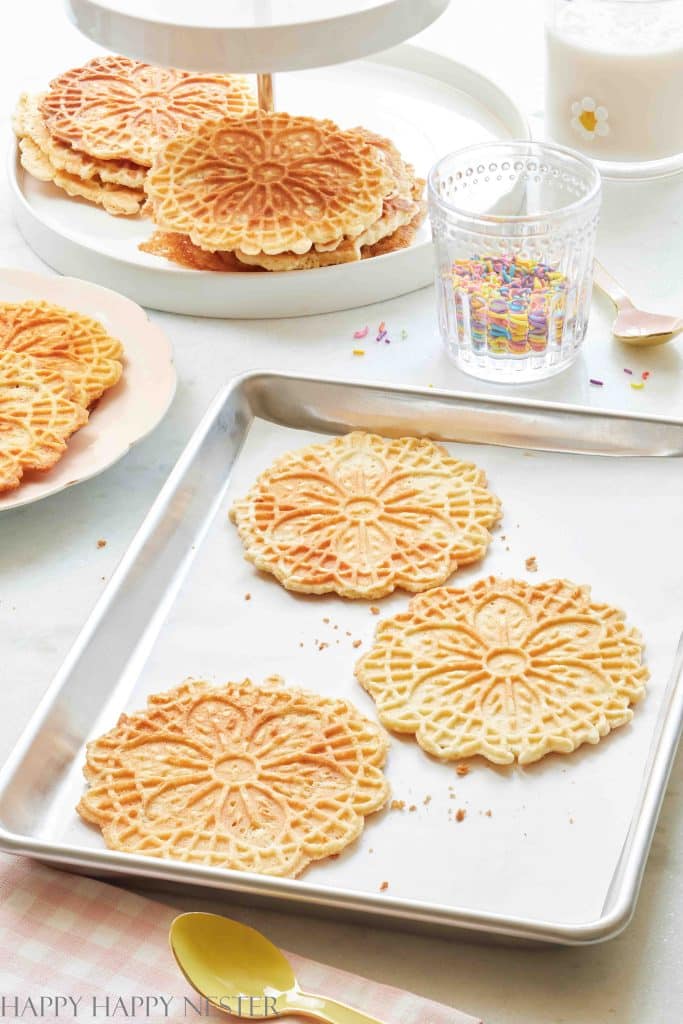
Photo: MyPhotography.com
Pizzelle cookies are already delicious on their own. Still, the fact that they can be made gluten-free opens up a whole new world of possibilities for those with dietary restrictions or preferences.
Pizzelle cookies are traditional Italian treats typically made using flour, eggs, sugar, and butter. However, substituting regular flour with gluten-free Caputo flour allows you to enjoy these delicious cookies without sacrificing taste or texture.
Let’s delve into the beautiful world of pizzelle cookies.
Pizzelle cookies are traditional Italian waffle cookies that have a distinct pattern imprinted on them. They are often made using a pizzelle iron, a special tool similar to a waffle iron but with intricate designs.
The batter for pizzelle cookies typically consists of basic ingredients such as flour, eggs, sugar, butter, or oil and flavorings such as vanilla or anise. The dough is placed onto the heated pizzelle iron, which cooks and crisps the cookie in seconds. The result is a thin, delicate, and beautifully patterned cookie with a delightful crunch.
Gluten-Free Italian Pizzelles

Photo: MyPhotography.com
So you may be wondering if you’ll have to blend various rice and almond flour to create this recipe for gluten-free pizzelles. Well, I found a fantastic flour that somehow extracted the gluten from the wheat. 100% All natural flour is a gluten-free mix that is a proprietary blend of rice and potato starches, rice and soy flour, sugar, thickeners, and dietary fiber.
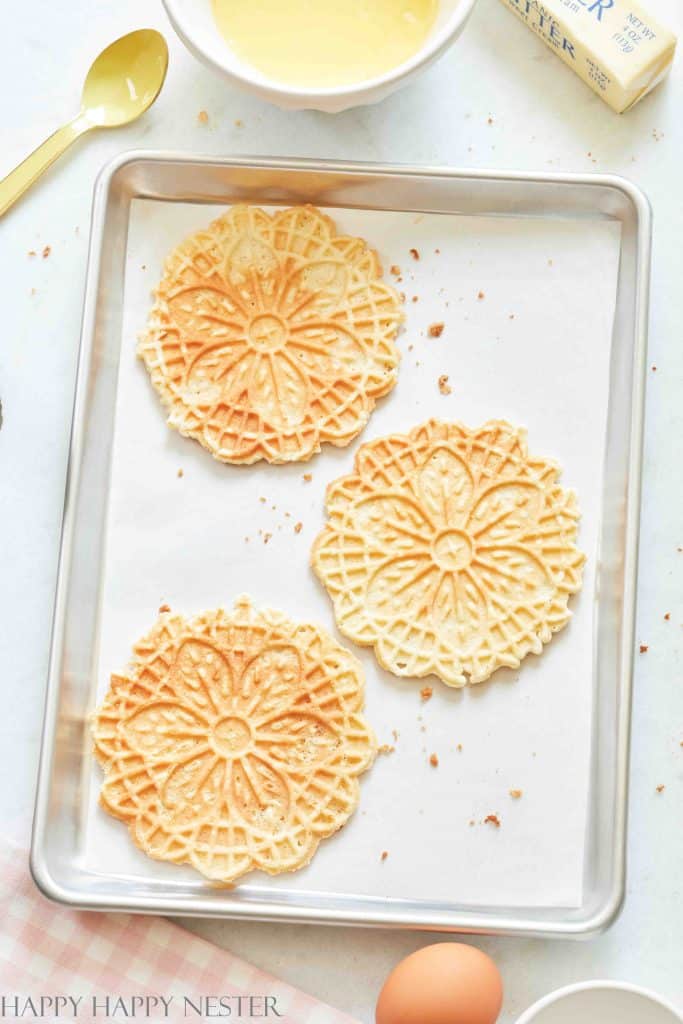
Photo: MyPhotography.com
Is There a Difference Between Gluten-Free Pizzelles and Regular?
Let me share an exciting experience with you.
As someone who thoroughly tests my recipes, I recently decided to make multiple batches of pizzelles, gluten-free and regular, to ensure their accuracy.
To my astonishment, the outcome was somewhat unexpected.
I couldn’t discern any noticeable distinction between the two versions. The gluten-free pizzelles were just as delicious as their traditional counterparts, leaving me pleasantly surprised.
Gluten-free alternatives have come a long way. It’s fantastic that there are flour options available that allow us to enjoy delicious recipes without compromising on taste and texture.
FAQs About Pizzelles
Traditional Italian pizzelles traditionally include flour, which means they contain gluten. But my recipe is gluten-free.
The flavor of a Pizzelle is traditionally infused with anise extract or anise seed, which imparts a distinctive taste resembling black licorice. But for this recipe, vanilla extract is the only flavor added, so it tastes more sugar cookie.
There could be several reasons why your pizzelles aren’t achieving the desired crispiness. 1. It’s possible that the batter consistency is too thin.
2. The cooking time is insufficient, resulting in a softer texture rather than a crisp finish. Experimenting with adjustments to the batter thickness and cooking duration may help you achieve the crispy pizzelle texture you desire.
3. Humidity can impact the crispiness of your cookies, particularly if you reside in a highly humid climate.
4. Ensure that your cookies are cooled completely on a rack before storing them, as proper cooling is essential for maintaining their desired level of crispness.
To maintain the crispness of pizzelles, it’s essential to follow a few key steps.
1. After cooking, Allow the pizzelles to cool completely on a wire rack. This helps them dry out and retain their crisp texture.
2. Store the cooled pizzelles in an airtight container or bag to prevent moisture from entering.
3. Adding a sheet of parchment paper between cookies can also help absorb any excess moisture and preserve the crispness.
4. Avoid storing pizzelles in areas with high humidity or near heat sources, as these factors can lead to softening.
In Italy, pizzelles are called “pizzelle” as well. The name “pizzelle” comes from the Italian word “pizze,” which means round and flat. It accurately describes the shape and texture of these traditional Italian waffle cookies. So, whether you’re in Italy or elsewhere, pizzelle are known by the same name.
Also, the term “ferratelle” is commonly used in Italy’s central and southern regions, particularly in areas such as Abruzzo, Molise, and Apulia. So essentially, “ferratelle” is a regional name for pizzelles in certain parts of Italy. They share the same characteristics and are enjoyed similarly as pizzelles in other regions.
If your pizzelle maker has a non-stick surface, then no need to oil the surface. My pizzelle maker instructions said not to oil the surface, but my first batch stuck to the maker. So, I ended up coating the surface with butter before making my cookies.
Yes, pizzelles can be frozen. Allow them to cool completely, then store them in an airtight container or freezer bag, separating each layer with parchment paper to prevent them from sticking together. Thaw them at room temperature when ready to enjoy, and they should retain their crispness.
Ingredients: Pizzelle Cookies
- Eggs provide structure and moisture.
- Sugar adds sweetness and aids in browning.
- Baking Powder helps with leavening or lift.
- Vanilla Extract contributes to flavor.
- Caputo Gluten-Free Flour provides the desired texture and structure while being suitable for gluten-free diets.
- Butter serves as a crucial element for coating the surface of the pizzelle maker, preventing the batter from sticking and aiding in achieving a beautifully golden and non-stick finish on the pizzelles.
How to Make Gluten-Free Pizzelles
Step 1 – Make Pizzelle Batter
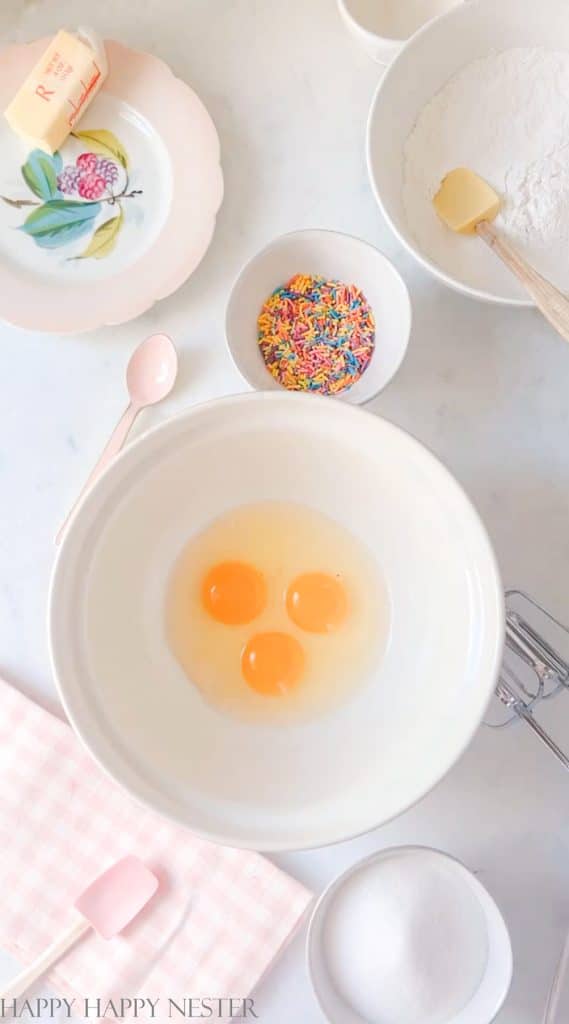
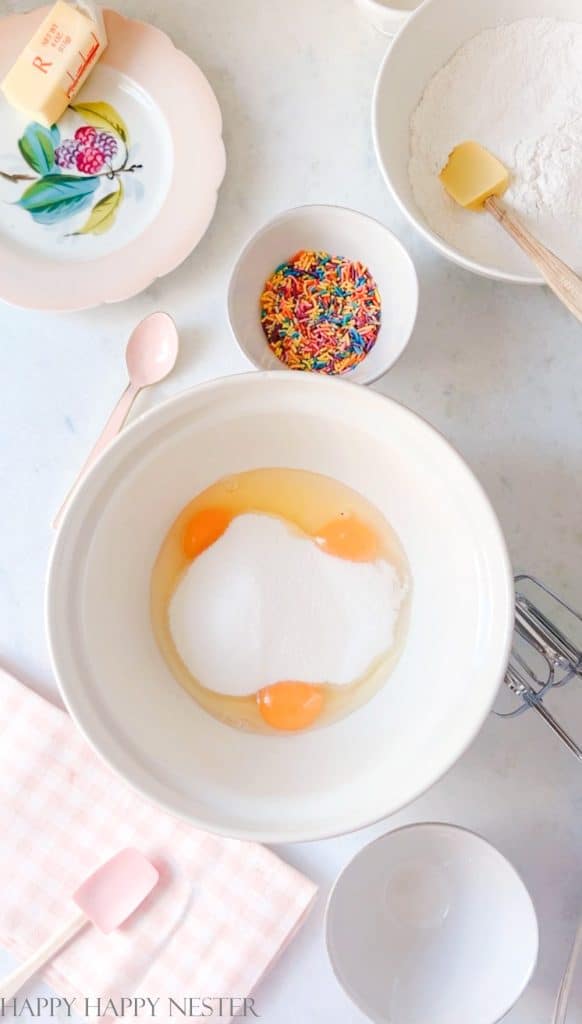
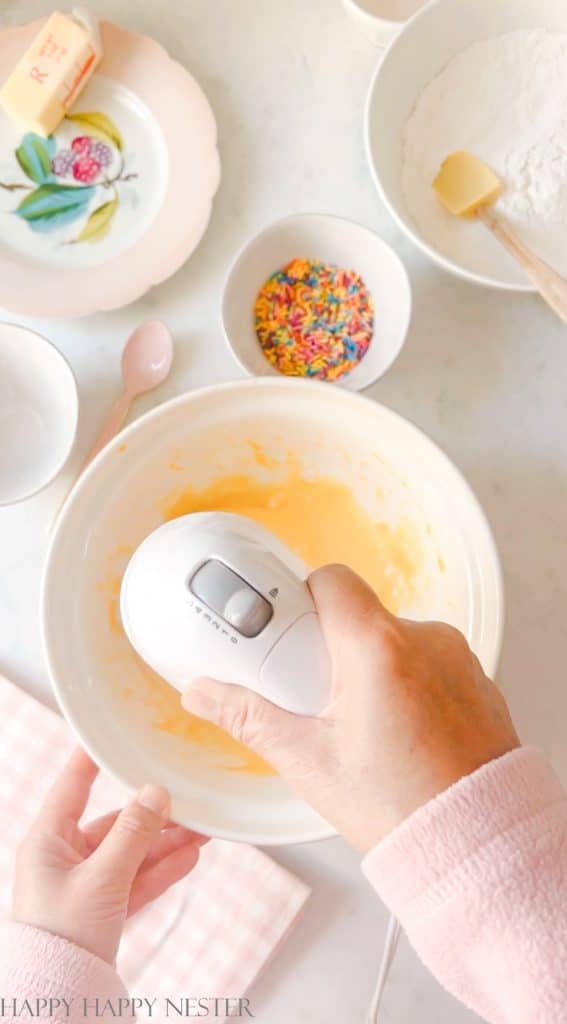

Melt butter and set aside. Beat eggs and sugar on low speed until light yellow, approximately one minute.

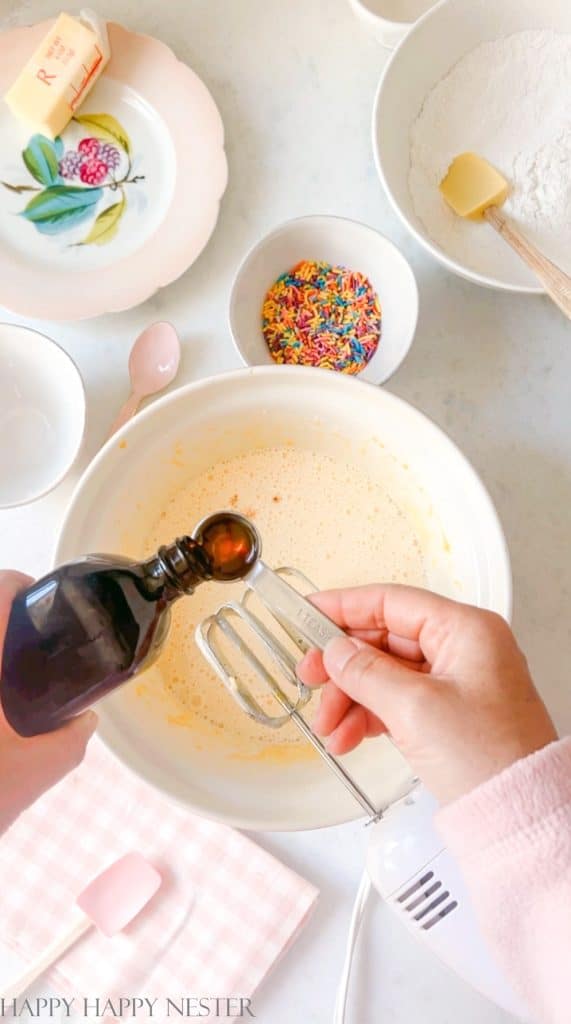
Add cooled melted butter and vanilla extract to the sugar mixture. Beat until blended.
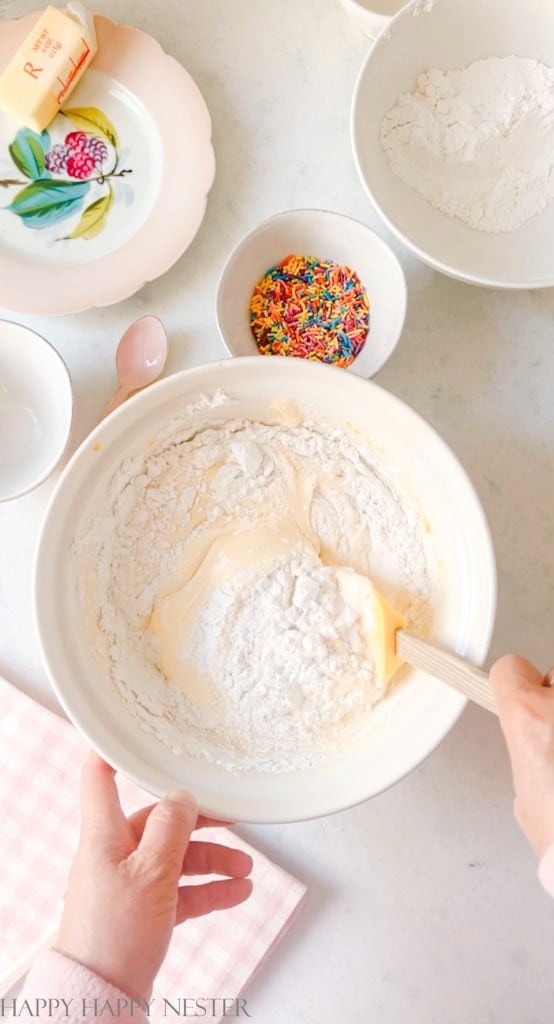
In a medium-sized bowl, mix the flour and baking powder. Pour about 3/4 of the flour into the sugar mixture. Fold in flour until blended. Add remaining flour and fold until incorporated. Be careful not over to mix and add air to the batter.
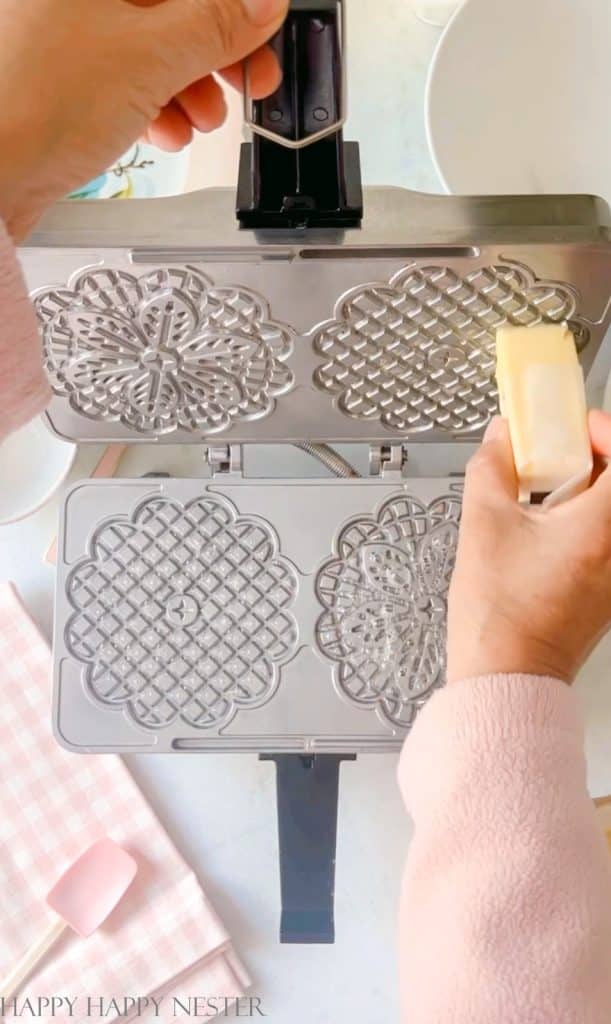
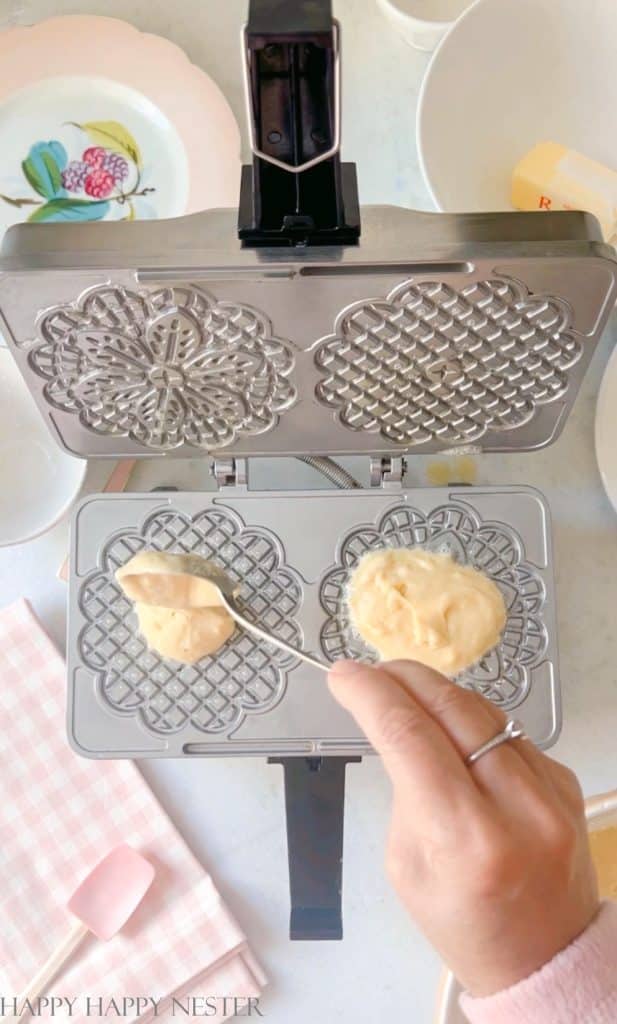

Step 2 – Cook Pizzelles
Heat pizzelle iron. Once it’s hot, grease all surfaces of the maker with a stick of butter.
Place about 1 1/2 tablespoons of batter on the center of the pizzelle maker pattern.
Bake until golden, about 1 1/2 minutes. Remove and cool on a cookie rack. Repeat with the remaining batter. Heat pizzelle iron.

Photo: MyPhotography.com
Step 3 – Storing Pizzelles
Store the cooled pizzelles in an airtight container or bag to maintain their crispness. Adding a sheet of parchment paper or a food-safe desiccant pack can help absorb excess moisture and preserve texture. I also found that placing them under my glass cloche was fine.
Here Are Some Baking Tips
- Use eggs that are at room temperature for the best baking results. Refer to the section where I share the reasons for using room-temperature eggs.
- When beating the eggs and sugar, ensure your mixer is on the lowest speed. Do not overbeat since the added air will create pockets in your cookies. These will turn into holes, and the cookies will crumble.
- The cookie batter should be similar to a thick pancake batter.
- Cook the cookies for at least one minute, then open the maker to check their browning status. They can turn from a light color to burnt in just a few seconds.
- If your pizzelles are turning out too thick or thin, you can adjust the batter consistency by adding a little more flour to thicken it or a bit more liquid (such as milk) to thin it out. The goal is to achieve a batter that spreads evenly on the pizzelle maker without being too thick or runny. t
- If my iron got too hot, I would leave it open for a bit to cool it down.
Why Use Room Temperature Eggs
- Better incorporation: Room-temperature eggs blend more easily with other ingredients, ensuring better incorporation into the batter. This leads to a smoother and more homogenous mixture, resulting in a more consistent texture in the final baked goods.
- Improved volume: When beaten, room-temperature eggs tend to have a greater volume than cold eggs. This is particularly important when recipes call for eggs to be whipped or beaten, as it helps provide structure and lightness to the batter.
- Proper emulsification: Room-temperature eggs aid in creating stable emulsions when combined with fats, such as butter. This is crucial for achieving the desired texture and structure in baked goods.
- Faster and more even cooking: Room-temperature eggs help the batter reach the desired temperature faster, leading to more even and consistent cooking. This can help prevent uneven browning or undercooking.


Photo: MyPhotography.com
I love this simple recipe for gluten-free pizzelles, but you can add these variations to them.
- Anise is commonly added to pizzelle cookie recipes to provide a distinct and traditional flavor. Anise imparts a licorice-like taste and aroma, adding depth and complexity to the cookies.
- Adding lemon zest to the pizzelle batter enhances the flavor with citrus notes and a subtle tang, providing a delightful contrast to the sweetness of the cookies.
- Chocolate to the pizzelle batter adds a rich and indulgent element to the cookies, elevating their flavor profile with decadent cocoa notes.
- Almond extract is added to pizzelle batter to infuse a subtle nutty flavor that enhances the overall taste and adds a hint of sweetness.
Gluten-Free Pizzelles Recipe
Ingredients
- 3 eggs
- ¾ cup sugar
- 1 tsp baking powder
- ½ cup butter melted and cooled
- 2 tsp vanilla extract
- 1¾ cups Caputo Gluten-Free Flour
Butter for Making Pizzelles in the Maker
- ¼ cup butter Use ½ a stick of butter to grease the pizzelle iron
Instructions
Make the Batter
- Melt butter and set aside. Beat eggs and sugar on low speed until light yellow, approximately one minute.
- Add cooled melted butter and vanilla extract to the sugar mixture. Beat until blended.
- In a medium-sized bowl, mix together the flour and baking powder. Pour about 3/4 of the flour into the sugar mixture. Fold in flour until blended. Add remaining flour and fold until incorporated. Be careful not over to mix and add air to the batter.
Cook Batter in Pizzelle Maker
- Heat pizzelle iron. Once it's hot, grease all surfaces of the maker. Place about 1 1/2 tablespoons of batter on the center of the pizzelle maker pattern. Bake until golden, about 1 1/2 minutes. Remove and cool on a cookie rack. Repeat with the remaining batter.
Nutrition
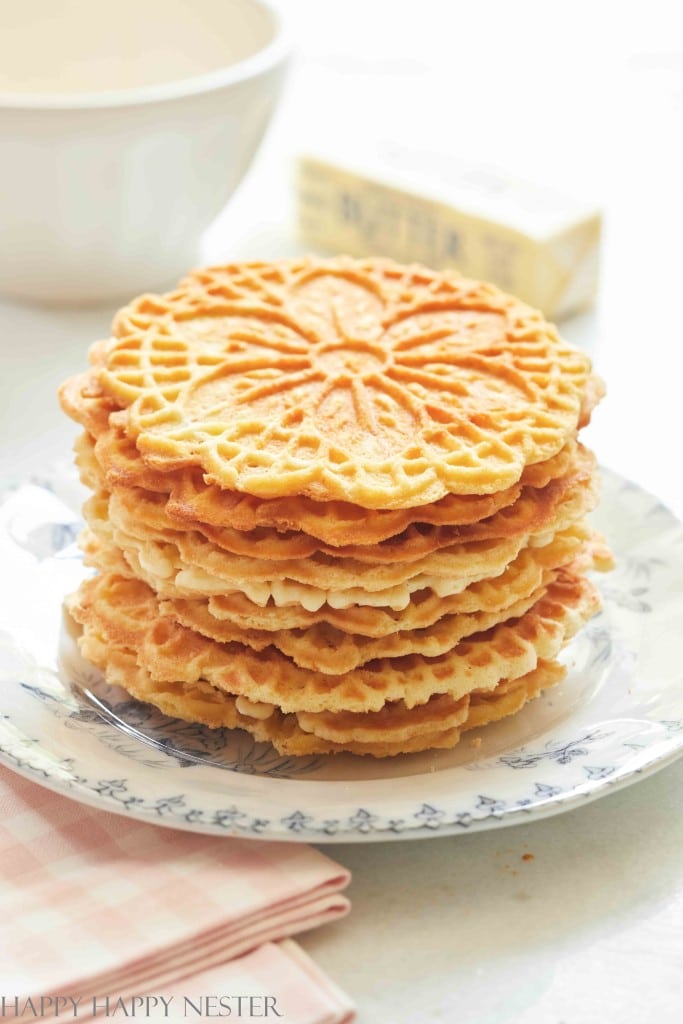
Photo: MyPhotography.com
If you’re interested, I have a collection of additional gluten-free recipes to explore and enjoy!
- Gluten-Free Lemon Drizzle Cake
- Gluten-Free Slutty Brownies
- Gluten-Free Peanut Butter Chocolate Chip Cookie Recipe
Knowing that my daughter is following a gluten-free diet, I felt compelled to develop a recipe for gluten-free pizzelles specifically for her dietary needs. And I was pleasantly surprised that these cookies are identical in taste and texture to the regular version.
If you prefer to use regular wheat flour instead, you can easily make this recipe by swapping out the gluten-free flour with the same amount of wheat flour. The measurements remain the same, allowing for a seamless substitution.
Cheers, and Happy Baking!


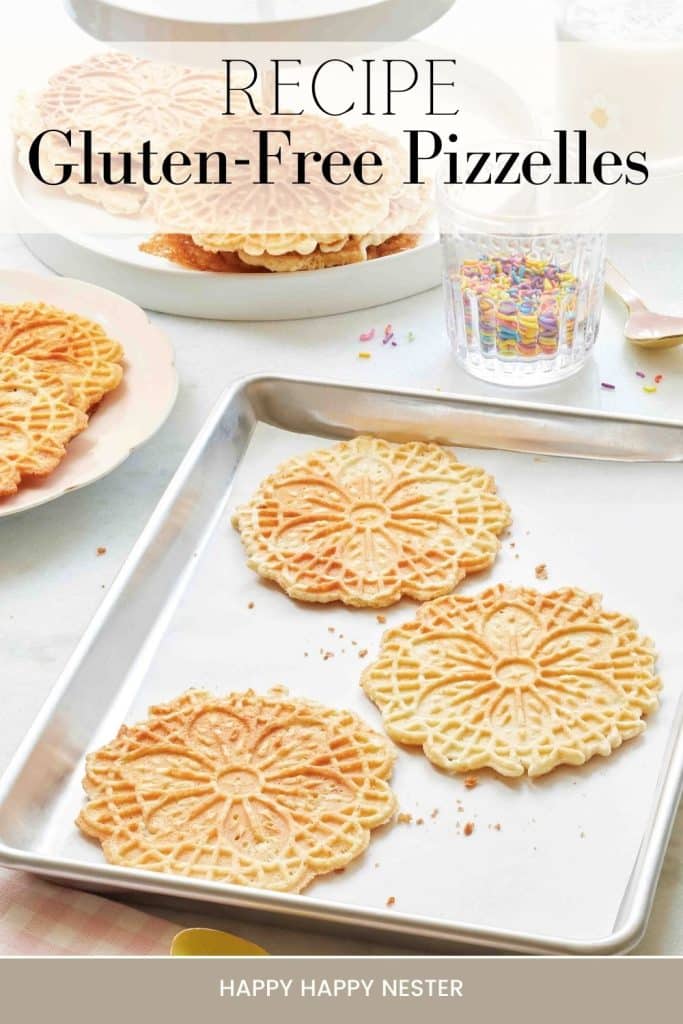
- My Favorite Christmas Decor - December 13, 2025
- DIY Christmas Gift Tags - December 11, 2025
- Christmas Throw Pillows - December 10, 2025
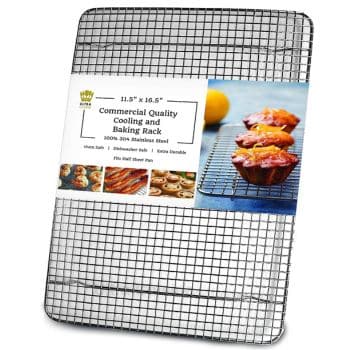
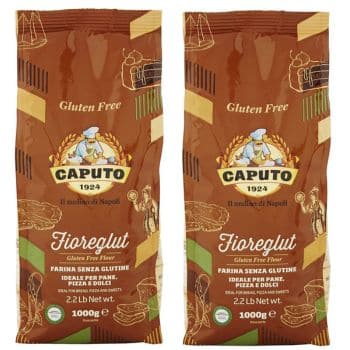


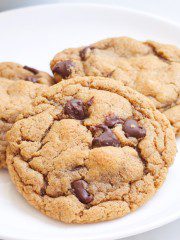
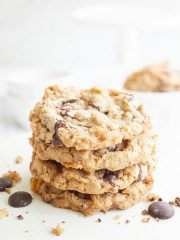
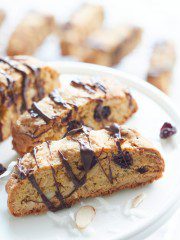

Leave a Reply